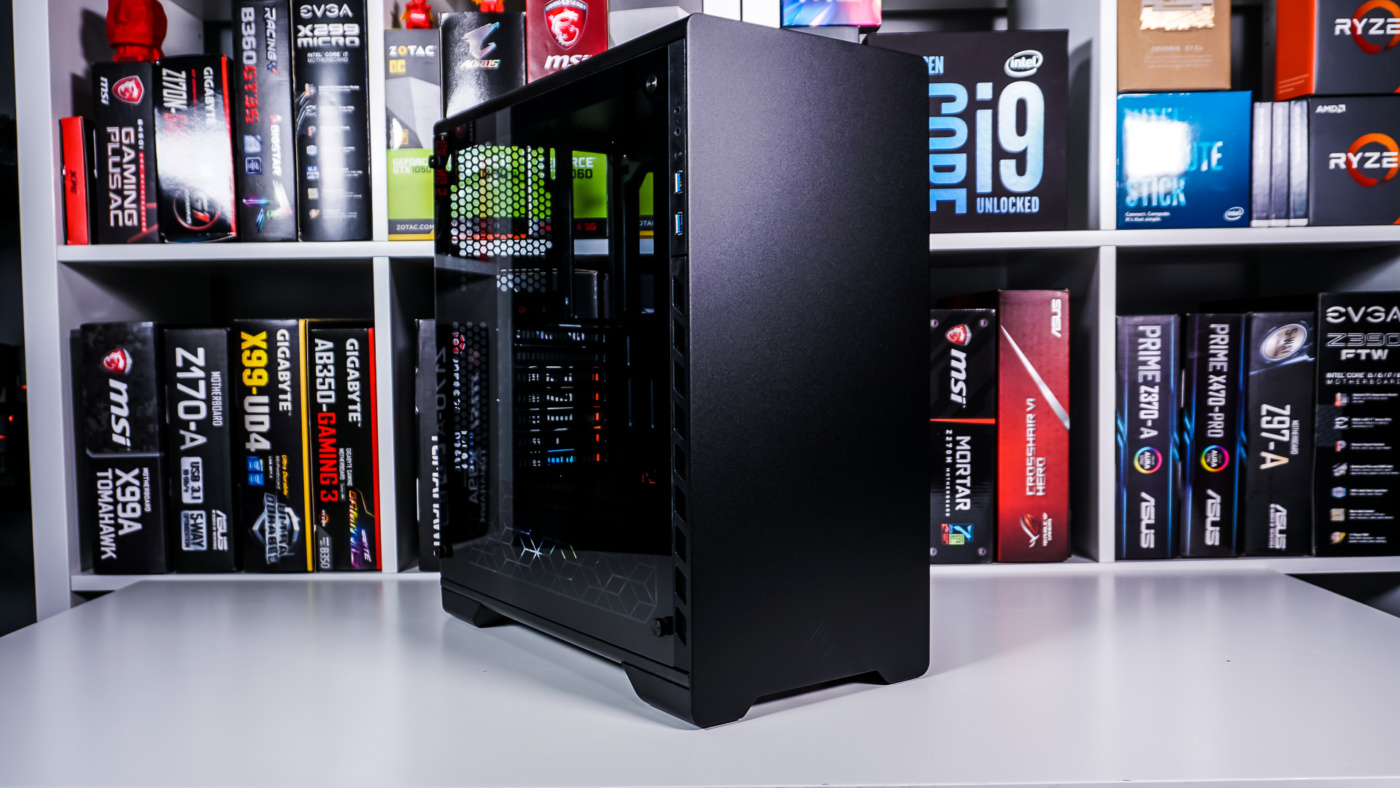Final Thoughts
Being the first case we’ve taken a look at from MetallicGear we are quite impressed, although being a sub-brand of Phanteks we didn’t really expect this case to be bad by any means. With the Neo you have a great looking case with its two sandblasted aluminum panels as well as two tempered glass side panels. The case has a sleek, yet sophisticated look and its definitely going to look nice sitting on your desk.
Inside you have room for pretty much anything. ATX motherboards, graphics cards as long as 360 mm, CPU coolers as tall at 170 mm, and full-length power supplies up to 195 mm. The motherboard compartment is a bit tight though, so keep that in mind.
When it came to installation we really did not run into any issues getting our hardware inside of the Neo. The instructions are pretty straight forward and easy to follow. The hidden cable management compartment makes cleaning up the cable mess on the rear of the case easy. We actually did not even use a single zip tie!
While there is a lot to like about this case, we did run into some things we wanted to point out. The first the the thin piece of metal below where you mount your I/O cover. It is so thin we actually ended up bending part of the case. We would have liked to have seen this reinforced somehow. Also the airflow in this case is not the best, the intakes on the side of the case give you some airflow, but not a whole lot. There is also no top cooling options at all.
Right now this case is selling at our favorite online retailer for $99.99 at our favorite online retailer. There are quite a lot of cases at that price-point, but given the materials and quality of this case the price is justified. Overall ThinkComputers gives the MetallicGear Neo an 8 out of 10 score.
Pros:
– Aluminum exterior
– 2 tempered glass side panels
– Very easy to build in
– Fits tall CPU coolers and long graphics cards
– Can easily hide cables
Cons:
– Actually bent a part of the case during installation
– Not the best airflow



